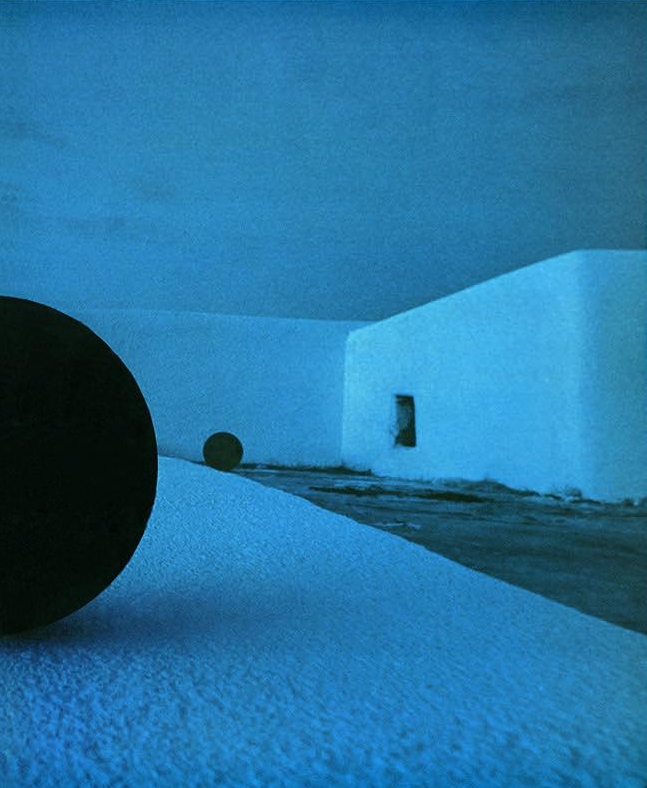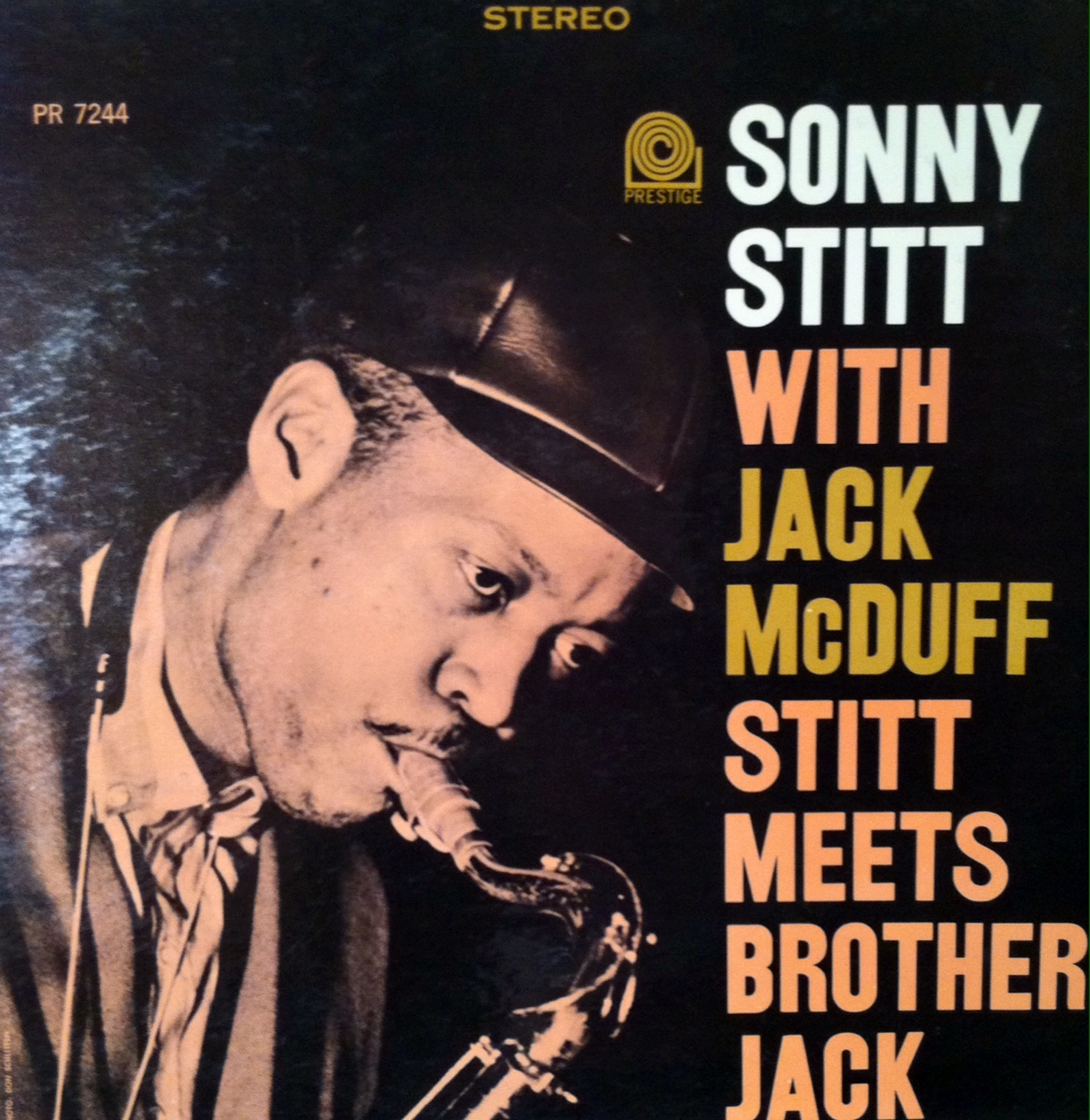The Color of Jazz

Last year we highlighted Pete Turner's album cover for Antonio Carlos Jobim's Tide, and with the former's recent passing, we turn our attention to his fabulous career in color photography and the jazz album covers that live on.
Turner's portfolio of images during his time in the army consisted of many New York City street scenes, including this picture that initially drew the eye of Creed Taylor for the cover for The Sound of New York: A Music-Sound Portrait, 1959 (ABC-Paramount).
New York
Despite his deep portfolio of images from around the world, Pete Turner was always a New York boy. He was born in the state capital of Albany in 1934 and moved with his family to Rochester in 1945. It was there that he entered college at the Rochester Institute of Technology for photography, having teachers such as Minor White and close classmates like Jerry Uelsmann— both of whom were, in their day, titans of black and white photography. But Turner was always drawn to color photography, even in its infancy, and the possibilities it provided.
He received his degree from R.I.T. in 1956 and, no longer a college student, was soon drafted into the United States Military. What might have seemed like a pause in his artistic pursuit was actually a head-first dive into commercial photography. The military learned of his darkroom skills and promptly sent a young Turner to an unlikely military installation— the Army Pictorial Center in Long Island City, New York. It was there that he was able to make full use of a million-dollar photography studio and develop prints, both for the army and for himself.
Turner's image for George Benson's Body Talk (1973, CTI Records).
The infamous "red giraffe" image created by Turner while on assignment in Africa, was used for Antonio Carlos Jobim's Wave (1967, A&M Records). Alternate versions feature a green sky and blue field.
Album Covers
Pete Turner was also an avid music fan and spent time combing through the selections at record stores while stationed in New York City. Most albums featured head shots of the performers, but Turner noticed some covers that were devoted to artistic images rather than singers, and more often than not, those albums had the name Creed Taylor on the back. Like any enterprising, brave young person, he set out to meet this new hero of his, and after setting up a meeting with Taylor, he won a job with him creating images for album covers. Creed worked for a few labels, including Impulse! before founding his own company, the now legendary CTI Records. Turner followed Taylor wherever he went.
Turner himself ended up traveling far and wide. After his discharge, he took commercial commissions that landed him in Africa, Europe, and South America. He brought back images from those locations that were used for different album cover projects. Creed Taylor was not overly concerned with the cover image perfectly matching the music of a vinyl album. He was more preoccupied with distributing eye-catching images that would make customers want to pick up an album at the record store. And he could almost always find an appealing image from Pete Turner's image portfolio. Turner was as innovative a photographer with color as some of the other great names in his field and his work resides in important collections around the world, including the International Center for Photography and the George Eastman House (where his life's work is archived), but he admitted that "what really kept my name out there were these record covers."
Turner's image used for Albert Laws Afro-Classic (1970, CTI Records).
Complete gatefold view of Afro-Classic. Turner and Taylor were fond of wrapping images around the back of an album.
Style
Pete Turner was a reductionist, creating extremely cropped views of his surrounding environment. If the content of his work seems to be all-over-the-place, then it is perhaps better to consider that "color" was his real subject. Whether he was photographing nature or the man-made environment he was most concerned with the interactions of forms, shapes, and colors. That is the one element that binds all of his work together and the territory that he explored the most. His influence on a younger generation of commercial photographers is practically untold, but there's a good number of resources out there if you'd like to learn a bit more about this incredible photographer:
That quote about the album covers keeping his name "out there?" Yea, we got that from the bible of Pete Turner album covers, The Color of Jazz (Rizzoli, 2006).
The one-and-only Marc Myers interviewed Turner for his Jazzwax blog back in 2008. It's a great read where you learn a lot about his early life and his close partnership with Creed Taylor.
The George Eastman House posted a video about Turner's career in conjunction with the retrospective they hosted in 2008.
Pete Turner created his own website, which you can find here.
Turner's image used for Tamba 4's We and the Sea (1968, A&M Records).










